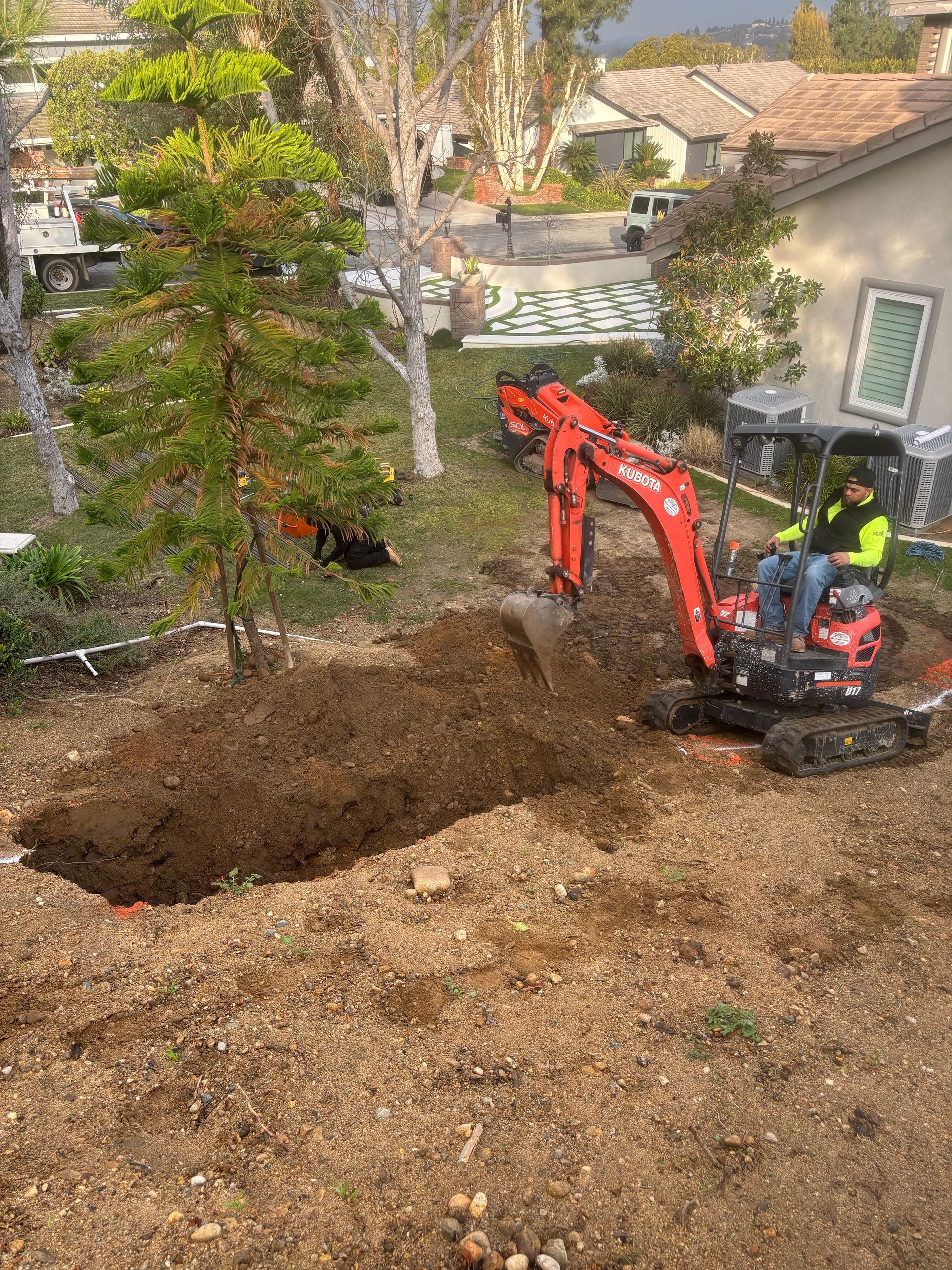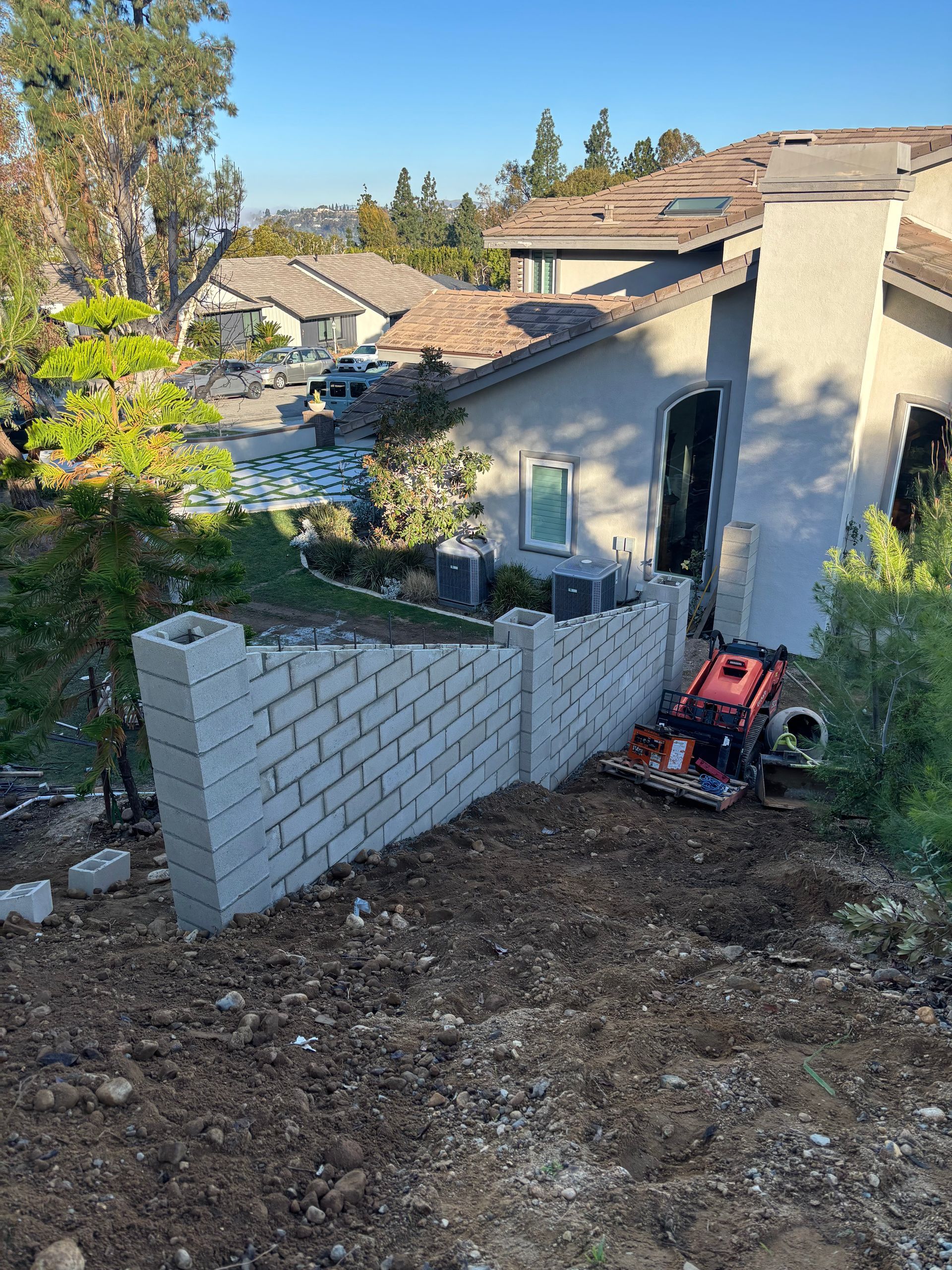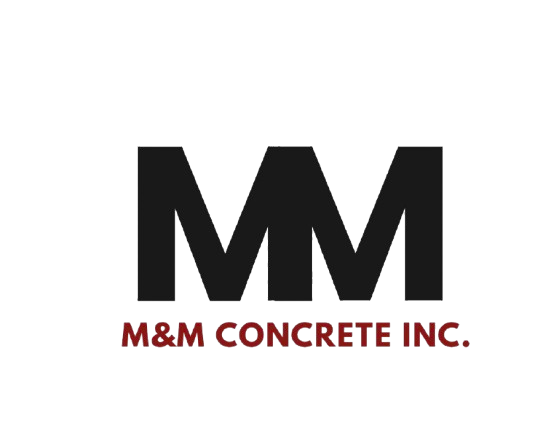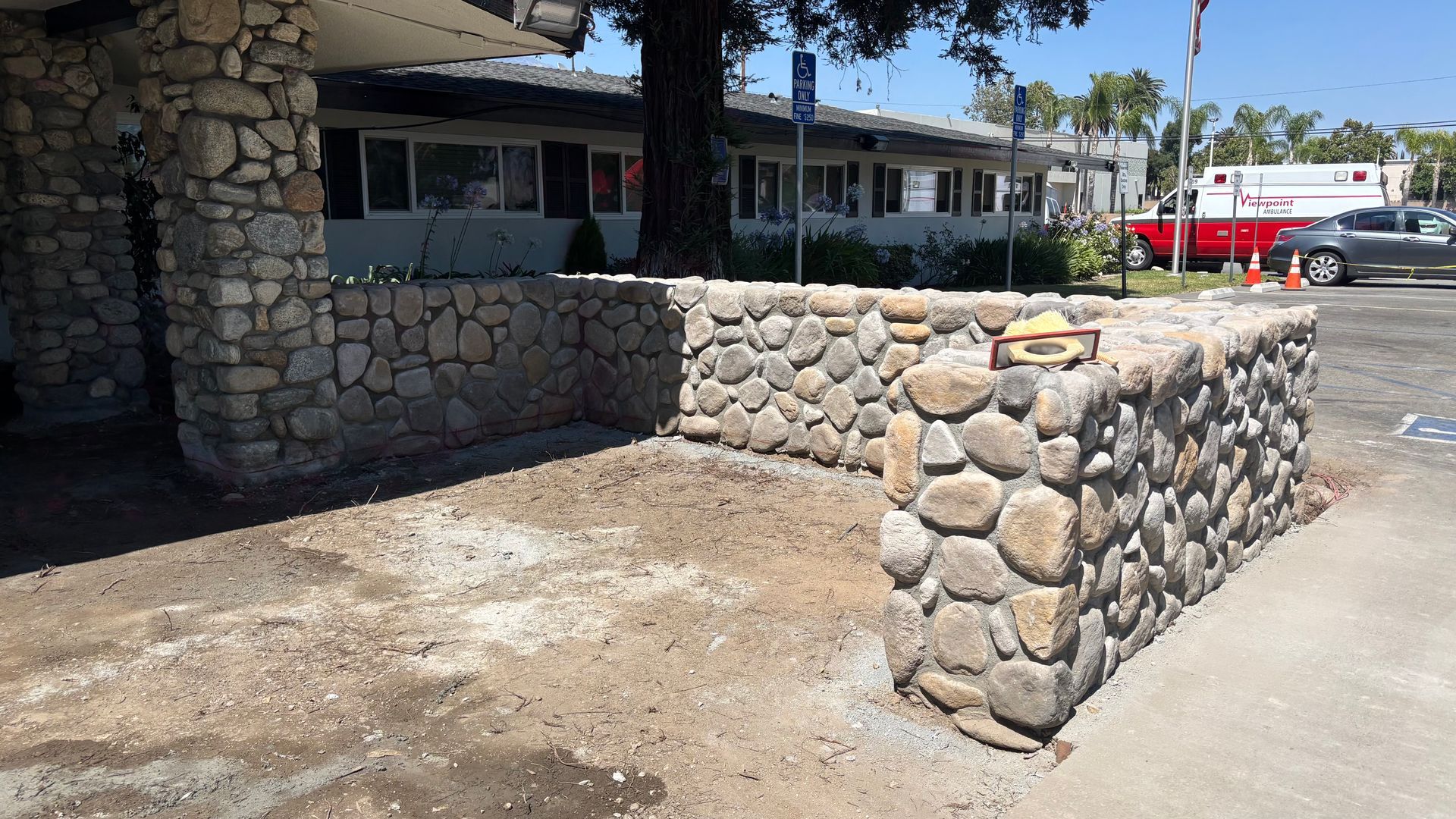Can it be too hot or too cold to place concrete?
Yes, both extreme heat and cold can significantly affect the quality and durability of concrete. At M&M Concrete, we take weather conditions seriously and adjust our procedures to ensure that your concrete installation is completed correctly, regardless of the temperature. Here's how temperature can impact your concrete project:
1. High Temperatures (Hot Weather)
In hot weather conditions (typically above 85°F or 29°C), concrete can set too quickly, leading to several potential issues:
Faster Curing: Concrete may begin to cure and harden too quickly, which can result in weak concrete, reduced strength, and potential cracking.
Uneven Finishing: The surface may dry too fast before finishing work can be completed, leading to imperfections and a less smooth surface.
Crazing or Surface Cracking: Rapid evaporation can cause the surface to crack and create a condition known as crazing, which can negatively affect the look and longevity of the concrete.
How We Manage Hot Weather:
Use of Retarders: We may add chemical retarders to slow the curing process.
Cooler Materials: Using cooled water or aggregates can help manage the temperature of the concrete mix.
Frequent Watering: During the curing phase, we might apply a mist or water to keep the surface moist and prevent rapid evaporation.
Time of Day: Pouring concrete during cooler parts of the day, such as early mornings or evenings, can help mitigate the effects of high temperatures.
2. Low Temperatures (Cold Weather)
When the temperature falls below 40°F (4°C), concrete curing is slowed significantly, which can lead to several issues:
Delayed Strength Gain: Cold temperatures slow down the chemical reaction that hardens the concrete, which means it may take longer to reach its full strength.
Risk of Freezing: If the concrete freezes before it has properly cured, it can cause permanent damage to the mix, leading to weakened concrete and potential cracking.
Surface Damage: Frost or ice on the surface can result in scaling or deterioration.
How We Manage Cold Weather:
Heated Materials: We may use heated water or aggregates to prevent the mix from getting too cold.
Insulation and Blankets: After pouring, we use insulating blankets or other methods to keep the concrete warm and protected from freezing.
Curing Accelerators: Special additives can be used to speed up the curing process and help the concrete gain strength more quickly in cold weather.
Post-Pour Care: We may take extra care in covering and protecting the concrete during the curing phase to ensure it doesn't freeze.
Best Temperature Range for Concrete
Ideally, concrete should be poured when the temperature is between 50°F (10°C) and 85°F (29°C). Within this range, the concrete will cure at the right rate, achieving optimal strength and durability.
At M&M Concrete, we monitor weather conditions closely and adjust our techniques to ensure that your concrete project is completed with the highest standards of quality, regardless of the season.





